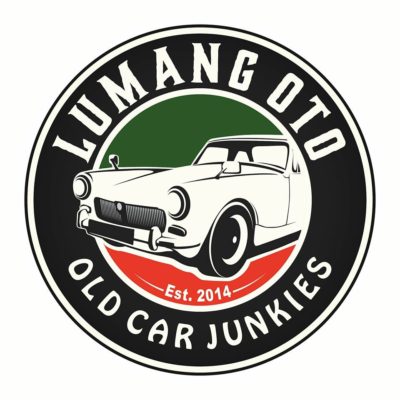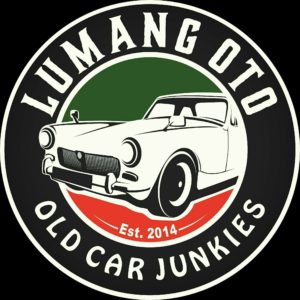It wasn’t too long ago that vehicles that today’s generation may not even thought existed, were the norms on the streets. We see them every day, driven as public utility transports, or as personal rides. Over time, many of these once common vehicles seem to have been forgotten, as appreciation for more modern mode of transportations have replaced the interest on these crude and safety-compromised rides.

Many of us have seen the evolution of utility vehicles. In as much as people worship the comforts of modern technology, it is always good to go back in time to see where it all began. Those days when shapes were so raw and engineering was still somewhat on its primitive stage.

We may all have a fair share of complaints on the traffic situation in the country. Traffic however, (take away the lack of discipline factor) as bad as it sounds, is a byproduct of an improving economy. People nowadays not only have so much choices on what vehicle to purchase, but with a stronger spending power, many can now afford to buy cars, a once just luxury item for the elite few, now a necessity, thus filling out the narrow streets of Manila, resulting into the much abhorred traffic jams.

This has not been the case from the 70s to the mid-80s. The choice of vehicles to purchase was very limited and the government controlled Progressive Car Manufacturing Program (PCMP) was in full effect. Car manufacturers were limited to sell only what was dictated by the government, most of them completely knocked down (CKD) and assembled locally. PCMP as its name implies, also mandates the domestic car industry to progressively manufacture cars in the Philippines. It was during this era that we could arguably trace back the birth of the AUV. Ford Fieras and Toyota Tamaraws were selling like hotcakes, along with less common Mitsubishi Cimarron and Volkswagen Trakbayan. General Motors on the other hand came up with the Harabas, the smallest among the competition, yet the most car-like of them all.

The word Harabas came from a pre-war comic character Kenkoy Harabas. The word eventually evolved to its current meaning – “to frequently use something as ruggedly and as recklessly as you could”. It was perhaps the most suitable name for this “Father-of-AUV” that would have deserved to be called the box-type more than the Lancer of the 80s. The shape is so basic, it’s as if the designer was a 5 year old kid who drew a big rectangular box for its cabin a smaller rectangular box for its engine bay, then drew wheels on them. And while the Harabas was locally built, it’s design was derived from a 1973 General Motors mini-truck badged as the GM Tiger.
When the Harabas came out, it was equipped with a not so reliable Vauxhall engine hooked to a 4-speed manual gearbox that drives the rear wheels. It also sits on Vauxhall suspension with an unusual transverse mounted leaf spring in front. Later models however, were equipped with the more dependable 1.2L pushrod 3K Toyota motor.

Many of these vehicles ended up becoming taxi cabs. You may remember them painted light blue and operated under Metro Manila Transit Bus Line. Some operated as Jeepneys painted orange and routes around the CCP complex. However, there were also a bunch of private Harabas that were used as daily drivers, family cars and grocery getters.
This Harabas in feature is owned by Cappo DI Capi Toti. Although it is a GM product, ironically in its Certificate of Registration, it’s registered as a 1978 Toyota Station Wagon. Perhaps because of its stock engine, as this Harabas is still equipped


with its original 3K Toyota motor. This car was living up to its name as “everybody’s barrio ride” until it was purchased and fixed by its current owner, which now sits with the rest of his old car collection. Although far from being pristine, this Harabas is still a work in progress. Other than the 2 front seats coming from a KE35 Corolla, the wheels and the silver gray paint job, the rest of the car is still in its factory condition. Because there was not much interest on these kind of vehicles, not a lot of GM Harabas have survived to date. This once-common-turned-rare Habaras is now a weekend novelty that many younger modern day car enthusiasts may not even have heard of before.
With the growing interest on classic cars these days, all of a sudden, vehicles lost in memory are now being resurrected. While Harabas has not been considered a desirable vehicle back in the day, and may not be in the radar of car buyers looking for investment potentials, it is always great to know that there are people who would find time to save and restore the remaining few.

Will it become a sought-after collectable in the future? I doubt that. However, a true old car enthusiast doesn’t care. What we know is, a unique ride will always invite more attention that any gazillion dollar overly restored car that is a dime a dozen. Should you trip over a Harabas on your next car quest? I’d say, buy it and restore it. It’s a guaranteed head turner that will surely not break your bank

Happy Lumang Oto Motoring!










Recent Comments